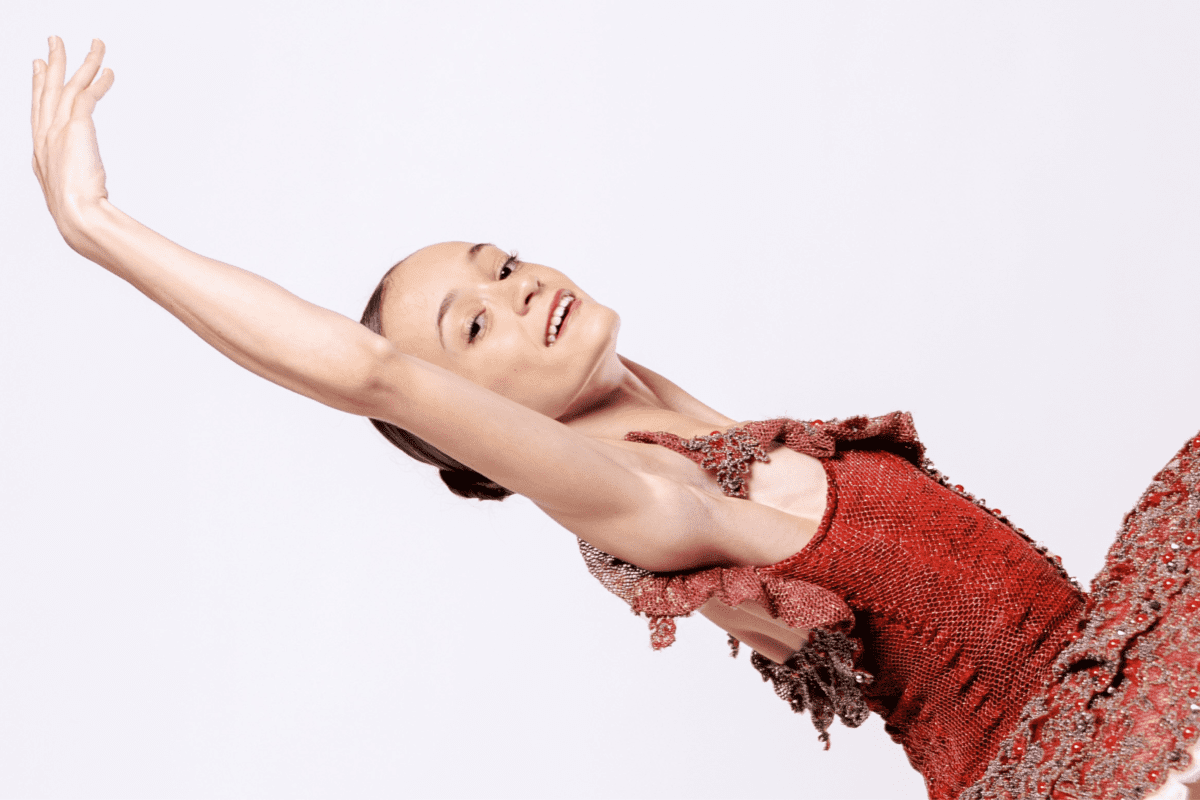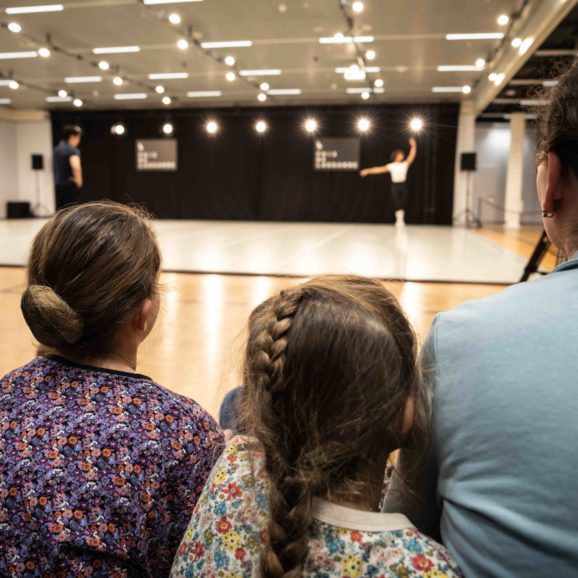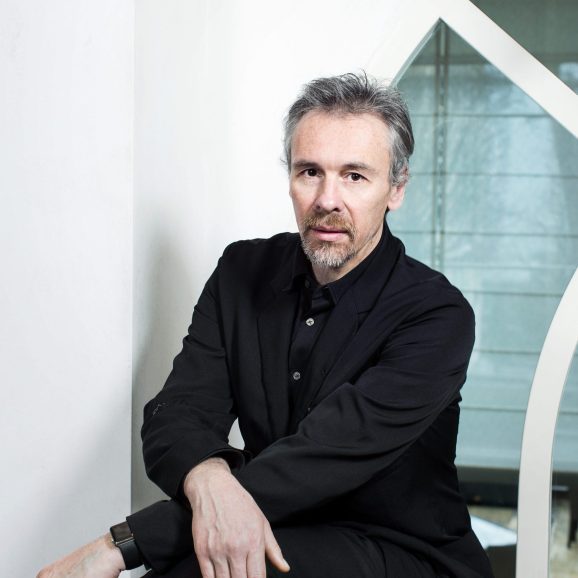02 Feb 2017
Yesterday, I was invited to meet a new sponsor interested in working with the Prix de Lausanne. In the interview with the art director Sophie Depéry and designer Olivier Burgisser representing the watchmaking manufacturer Emile Chouriet, we discussed different elements that their business has in common with Prix de Lausanne. Exploring what we could build as common values, I wanted to provide some thoughts about what these two separate fields share regarding precision, rhythm, and timing of motion in today`s post.
Emile Chouriet was founded by Jean Dépéry, a member of a family that has been involved in the watchmaking industry since the 17th century. The company was created in 1998 in Geneva and tributes to the collaboration between ancestors and master watchmakers. Maintaining the importance of the unified talent and expertise in the field of luxury timekeeping, the craftsmanship of the art is perpetuated and guides them through their work. Emile Chouriet develops a dexterity and thorough work in regards to the detail of the gesture, which precision and training is paramount for.
Firmly anchored in tradition, Emile Chouriet also has a clear orientation towards the future when they create their new contemporary and original designs for their collections. Continuing to develop skills based on tradition and into the modern world, the new identities discovered in their work is similar to what the Prix de Lausanne also does year after year with their competition. Additionally, with the 45-year anniversary of the Prix de Lausanne this year, the competition is a great example of how to truly value history. Both Emile Chouriet and Prix de Lausanne are Swiss institutions that exist because of the industry`s history and through the way they both pass on the know-how from generation to generation. This has created the possibility for young watchmakers and dancers to master the rules of the technique to thereafter develop an identity through the expression of the art form.
The precision of the movement of the gesture required when making watches is repeated over and over until the goal is met, which dancers also have to practice fully throughout their careers. Since human beings always have wanted to master and understand the movement of the environment and the body, tools to express, calculate, and separate time, rhythm, and tempo continues to evolve. Understanding the kind of technique to be able to do this, is the base that allows for dancers to be able to express themselves freely through movement.
Developing existing knowledge and innovating new forms of expression of the body in both fields, leads the engineering, technique, and artistry forward in time. Similarly to the watchmaking industry, the energy that is vibrating within the body when practicing dance is a source that is constantly renewed and therefore conveyed through emotions and communication with people. Moreover, when the last piece of the movement is added to the watch, the body becomes alive. This is comparable to what happens when music is added for a dancer for instance. Something completely magical and captivating occurs with space and sound which provides a new sense of time, place, and movement. Furthermore, to be able to clearly communicate what makes the architecture and articulation so vibrant, articulate, and capturing when making watches and dance, the aesthetic build and design becomes vital.
This is Emile Chouriet’s first partnership and they are proud to be able to work with an event that shares the same values of training and transmission of knowledge. For promotion, they were kind enough to donate 3 of their watches to the two classical teachers Stefanie Arndt and Patrick Armand and the president of the jury, Kevin O’Hare here at the Prix de Lausanne. Below I wanted to share their perceptions of the correlation between dance and watchmaking regarding precision, rhythm, and time.
Kevin O’Hare began our interview stating that the precision of a dancer’s technique is what frees one up to be a dancer and to express themselves freely through movement. Together with the jury, he is mostly interested in watching people dance, but emphasizes the need for the technique to be what lays underneath. This is similar to how a watch works since after stating how beautiful a watch is, one then wants to understand what it is that makes a watch beautiful. As Swiss watchmakers, artists in the field also strive to have the best technique and ways of teaching young people how to dance and become beautiful dancers. Moreover, as a dancer, Kevin O`Hare also explained that the rhythm in watches is linked with musicality. Some of the greatest dancers that move as one with the music create ways to hear the music differently because of the moving visual one is looking at. This is an important element for Kevin O`Hare since time in dance truly goes along with rhythm and precision.
Stefanie Arndt discussed how timing and rhythm is very important for dancers. Timing is essential for dancers to understand phrasing within the music, how much space and time exists in the music, since they cannot dance without the frame of time. She also mentioned that many things in life have to do with being at the right time at the right place, which as a watch, reflects precision. In the time management as a dancer, time slots for costume fittings at a certain time for instance cannot be missed. In addition, in the practice of dancing, choreographing and teaching, there is a rhythm that keeps dancers going, which cannot be done without the aspect of time. She also discussed musicality, since she often emphasizes dancers to hold a position as long as possible within the frame of the music, to extend, and then accelerate into the next movement. While dancers shape phrasing like this, the clock is still ticking. Fortunately, Stefanie Arndt enjoys wearing her watch because of the sense of weight. Her watch has helped here to articulate her wrist and arm in a different way in the past few days.
Patrick Armand explained himself as someone who likes a very precise technique in ballet dancers. He enjoys when a dancer is clean and precise since that can truly make a great dancer. He wishes that every dancer`s technique was as precise as a watch. He further stated that when a dancer dances, he/she should have a sense of a watch inside of them, since the musicality is crucial. Even though he said that having great timing is very important to be able to dance, he believes that dance is more about precision. In these regards, he thinks that one can really compare the technique of a watch to the technique of ballet dancer.
Sincerely,



